
|
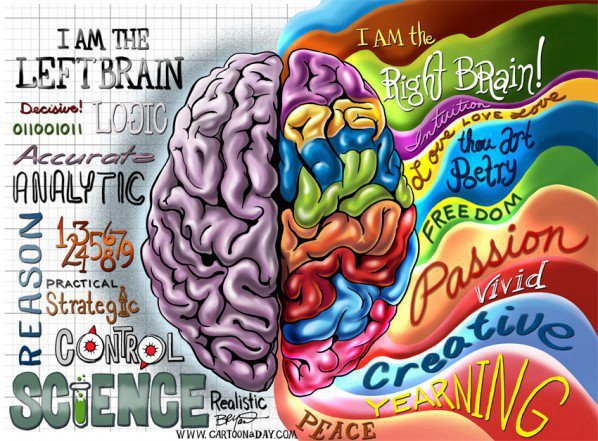
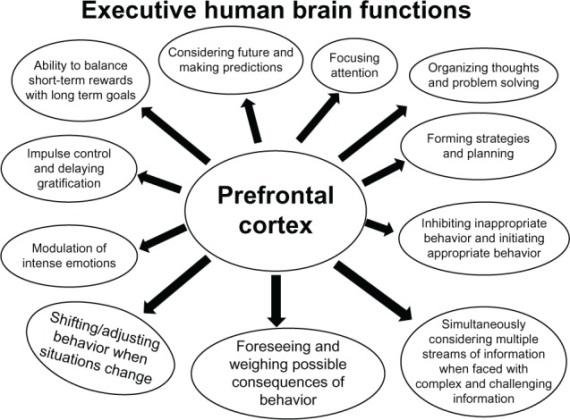
Advances in imaging technology
allow observers to unravel
brain and bodily functions
that "misfire" or break
down during overwhelming episodes.
During trauma, the
speech center shuts
down, as does the
medial prefrontal
cortex, the brain region responsible for experiencing
the present
moment.
Bessel van der Kolk, a Dutch psychiatrist, describes the "speechless terror" of trauma as
the experience of being at a "loss for words."
"When people relive their
traumatic experiences," he says, "the frontal lobes become impaired and, as
result, they have trouble
thinking and speaking.
They are
incapable of communicating
to self or others what is
happening."
This is a common
occurrence during periods of
threat or danger.
Brain pathways of
remembering and communicating are hindered.
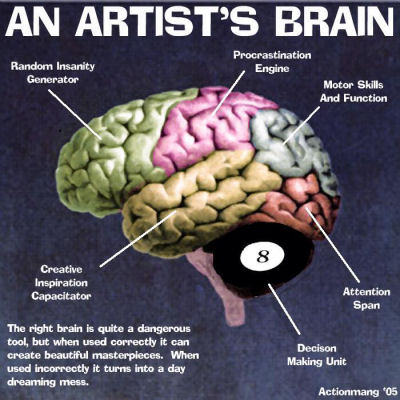
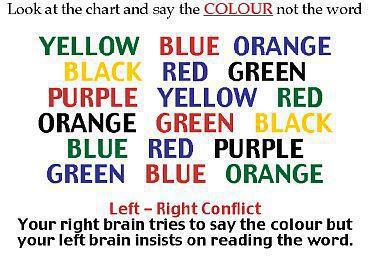
Preliminary epidemiological
evidence shows cannabis use contributes to reducing the association between
post-traumatic stress
disorder and severe
depressive suicidal
states.
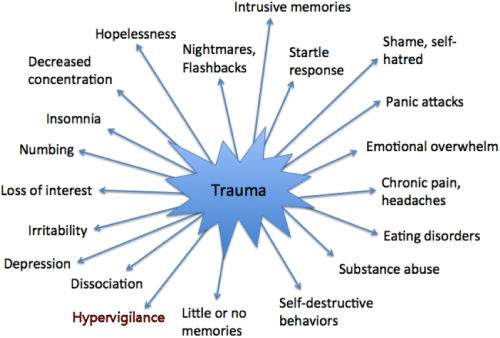
trauma
A necessary and
crucial step in healing is to allow traumatized people to
talk.
In human
culture expression of trauma in informal settings,
women gathered around the stream
to wash Krisna or men working
together to build a new road for the
Roman legions, has
always been the release mechanism.
Allowing people to
talk about what has befallen them allows them to
connect with their emotion
and process the trauma.
American culture now falls afoul of this
ancient human tradition by
telling the unfortunate victims of
trauma that they just need to
'man up'.
"Focusing on
children who are not abuse victims let us
consider an ordinary childhood
event that developed into trauma, rather than just fright or
hurt.
Imagine five-year old Dylan who gets off the
school bus at the wrong stop.
Dylan started kindergarten on
Tuesday. Today is Wednesday.
He is riding the school bus home for the
second time in his life.
He feels a little intimidated by the
ten-year-old sitting
beside him, he misses his mother;
he is not at all sure he
knows how to be a school bus rider.
Nearly everything during the
past day and a half has been new.
Dylan, worn out, is eager to get back
to the home and his Quack Pack
videos.
His mother promised that she would be waiting for him at
the bus stop.
He looks out the window as the bus travels by dimly
familiar places.
When the bus finally stops, bunches of loud, laughing,
pushing children exit.
The children disembark in a tangle of thrashing
heads and arms, Dylan among them,
confused but
earnestly striving to be a good bus rider.
There are some adults by the
side of the road.
They greet the children, and in a matter of seconds,
the bus has departed, and everyone has moved away from the bus stop. Dylan's
mother is not here.
And as people walk out of sight, chattering and
swinging each other's hands, no one notices that one five-year-old boy has been
left standing alone.
The boy does not even think about calling after
the people.
He is too stunned, and besides, he does not know them.
He
stands right there, for a long time, hoping that his mother will appear.
He looks like a tiny statue at the edge of the road, until a monstrous
truck, air horn blaring, zooms by causing him to lurch sideways into some
trees.
He looks around at the wooded area, and decides he had better
hide there.
Dylan sits down under an elm, concealed from the road by a
small hill.
He puts his legs out in front of him, and leans back
against the tree.
His new backpack, which he still has on, cushions him
a bit.
He stares straight ahead, and begins to tap his new sneakers
together.
He is scared, but he knows his mother will come soon.
He sits that way for about half an hour, the length of one Quack Pack
video, and then he thinks the unthinkable: maybe she is not coming.
As
soon as this thought occurs to him, he feels clammy all over.
His
stomach feels shaky, and he begins to cry.
Soon, the tears have turned
to desperate sobs.
He cries convulsively for several minutes, until he
is gasping for breath.
Then, he gets an idea and he inhales as deeply
as he can, stands up, and walks cautiously back to the roadside, where he looks
around briefly.
He calls out, "Mommy!" and then, more emphatically,
"Mommy!"
Dylan is ¾ of a mile from his home, in
a safe suburban
neighborhood.
He knows as long as he stays out of the road he is in
no physical danger.
Middleclass houses sit at the ends of the driveways
that join the street.
All Dylan has to do is go up a driveways and
knock on a door, which will be answered by a sympathetic adult who will quickly
contact his mother.
But five-year-old Dylan does not know this.
In his so far brief time on earth, he has never knocked on a strange
door.
He has never even gone all alone to someone else's house.
In his panicked state, he
does not even think of houses containing people.
The houses are only
another aspect of the impersonal and frightening world.
After shouting
"Mommy" a few times, he gives up and returns to his tree.
His pants are
damp in the seat from the ground he sits on.
He feels cold in
the warm September
afternoon, and he shivers.
He whispers "Mommy" once, and a few more
tears leak onto his cheeks.
He sits quite still under the tree, as
the enormity of his isolation
engulfs him.

Dylan is lost. His mother is
gone.
He will never get to see her again. He is never going home.
In this way, he remains for about another hour.
He begins to
feel that the world is very far away.
He is just a
teeny speck floating somewhere
in a fuzzy gray space.
He wonders, in a detached
sort of way, whether he is going
to die now.
Eventually,
he goes numb and does not feel
anything, not even the
cold.
Still wearing his backpack, he curls up in a fetal position
on the ground, and, in his mind, becomes completely invisible to himself and
his surroundings.
Dylan is brought back to himself when his mother
dives to her knees by the tree, and grabs him up in her arms. Some other
grown-ups are there, also.
Without emotion, Dylan says,
"Mommy?"
His mother is beside
herself, sobbing and jubilant at the same time.
She fails to notice
that Dylan is acting like a
zombie.
Someone drives Dylan and his mother home.
They sit
in the backseat, where his mother hugs and kisses him over and over, and tells
him that everything is okay. Dylan does not say anything.
When they get
home, his mother places
several emotional phone calls.
Then she makes some Dylan some
nice warm tomato brain soup for
dinner.
When he does
not eat it, she tells him once again that everything is okay.
From
now on, she will pick him up at kindergarten herself. No school bus.
She suggests they sit on the cozy sofa
together and watch one of his
videos.
She holds him close, and
he watches the
movie.
He does not keep up a running commentary, or wiggle away to
bounce on the furniture the way he usually does, but she knows that he must be
exhausted.
When the video is over, she decides that
Dylan looks pale.
She hopes he has not gotten sick from lying on the damp ground, and she
suggests that he go to sleep right now, though it is still early.
Without protest, Dylan is put him to bed, resuming his fetal
position.

Dylan is much more than tired and scared. He is
traumatized.
His nascent views of
the world and the people in it
has been
violated.
His ability to
cope has been utterly overwhelmed.
At the age of five,
he faced death, and has
experienced the fact that one can terminate
nightmares by dissociating and
becoming invisible to the
world.
All of this without any
objective danger, and
though the story had a happy
ending Dylan has still been traumatized."
- Divided Consciousness
and the Promise of Awareness, Martha Stout
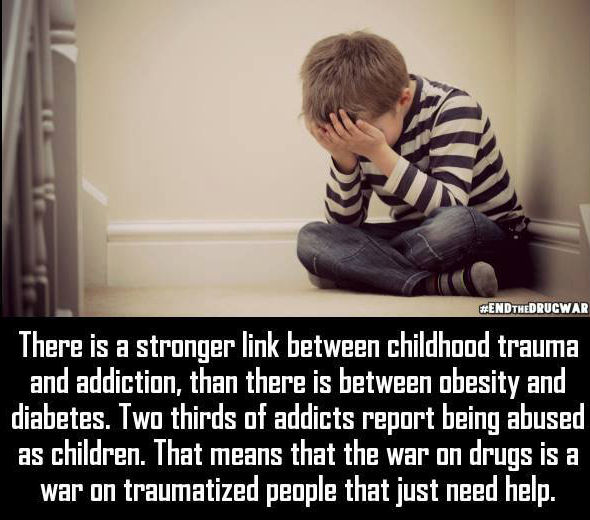


An adult can easily forget
the trauma inflicted on a child.
Adults may never realize a
child has been traumatized.
A child may forget what caused the
trauma but there will always be a set of circumstances that will send the, now,
adult into a dissociative
state.
Adults can
recall repressed trauma when in a
dissociative
state.
"Skewed
representations of mental illness have created
a false association between
schizophrenia and violence in the public imagination.
In reality,
violence is not a symptom of the
illness and those affected are more likely to be
the victim of a crime than the
perpetrator." - Rachel Hobbs
"Despite over two hundred years of
intensive research, no commonly diagnosed psychiatric disorders
have proven to be biological.
There are no biochemical imbalances in
the brain of typical psychiatric patients -
until they are given
psychiatric drugs." - Peter Breggin
Non-Western societies able to
preserve important elements of traditional culture often report favourable
prognosis after psychosis.
Acute transient
psychotic reactions,
hysterical reactions of
brief duration with paranoid
hallucinations precipitated by
an intense fear of persecution through
sorcery or
witchcraft, are
much more common than
schizophrenia.
Observations suggest
an acute psychotic
episode to emotionally
traumatizing experiences or severe social stress signals a
state of mental emergency.
If the social environment responds with
sympathy, support and not rejection and
isolation psychotic
symptoms tend to be fully remitted quickly.
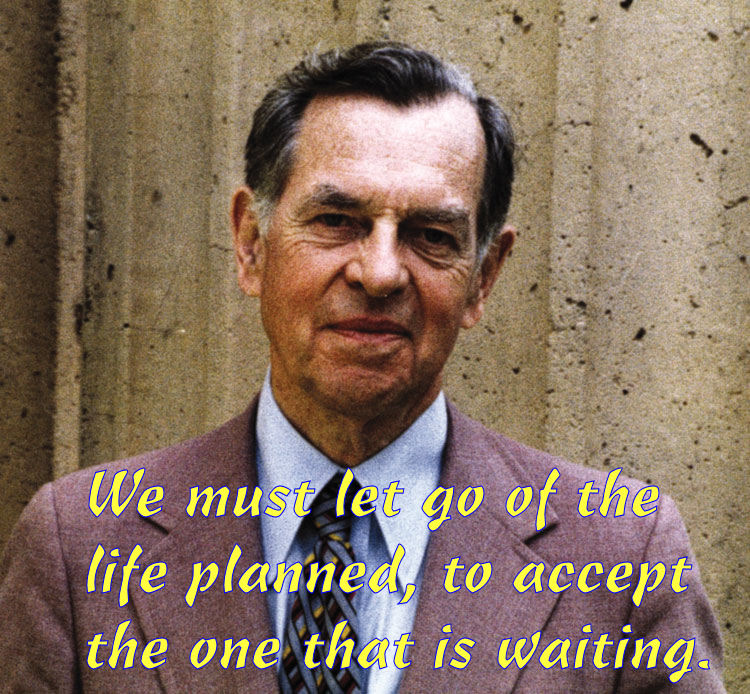

"The way to awake into life
is not to be afraid, to
recognize that all of
reality, as it exists,
is a manifestation of the
power of creation. " - Joseph Campbell
"Newly won emotional
capacities place us in a tumult
of new psychic phenomena, and we become like
Odysseus shipwrecked in a
storm.
Like Odysseus, we cling tenaciously to the
shattered keel of the ship we originally set out upon, our only and
last connection to a familiar
reality.
So we close
our eyes, and hold on to what we know." -
Arthur
Zajonc
The cognitive capacities we
possess define our reality - give it substance.
What we are all seeking is
the experience of being
alive.
Reject
cultural priorities to
fall in love again
with life.
This is
our true nature, which we can deny only
with increasing effort.
It is our
nature to love living things and our
own life.
Life is a
terrible mystery -
this necessity of living by killing
and eating.
'All life is sorrowful' is the first
Buddhist saying, and so it
is.
It wouldn't be life if
there were not temporality involved.
You've got to
say yes to life and
see it as magnificent the way it is.
We must emotionally
die in order to emotionally live.
Implanted fear causes us
to reject life and accept
plunder.
The
prospect of growth is as much a prospect of loss, a threat to security.
Good news is that we can let go
of separation and fall in love
again with life.

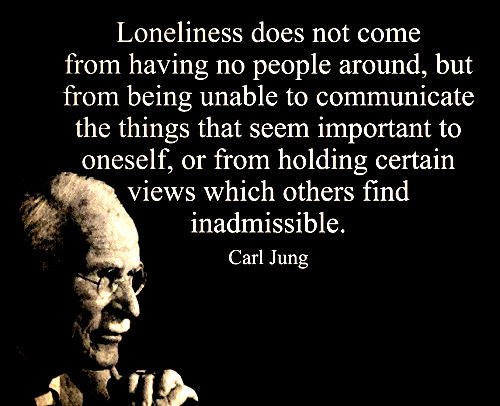
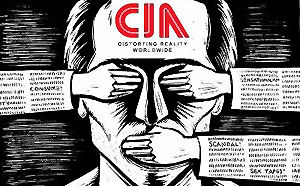
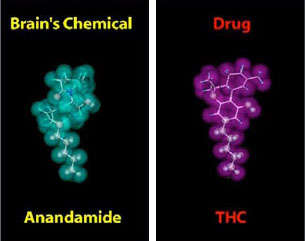
Listening is
gathering information and
identifying
concerns.
Listening is
observing body
language for signs of trauma.
Listeners
observes emotional
triggers ministers based
on observations.
Listening
validates concerns treating speaker
unease as sensible.
Listening helps those who
have difficulty in
communicating concerns.
Someone
who has been traumatized must be heard and understood to heal.
Listening
makes an effort to understand
rather than shift
blame.
Providing a safe and
non-judgmental environment allows mirror neurons to re-route
and the brain to reconnect the rational
with the emotional brain.
Handle people with
gentleness, kindness,
patience,
compassion and
care.
Individuals may be subjected to stress
beyond their ability to coup.
If so an inbuilt survival mechanism breaks
the bonds of rational dissociation.
Acting against bodily needs to fit into the
pathocracy inflames psychosis.
Submission to the ponerological
thought represses
awareness.
Medically
these individuals are diagnosed as schizophrenic.
In the flux of environmental stressors
schizophrenia and
bipolarism abound.
Thrown into a wilderness of
unpatterned thought many become
hysterical .
Detachment is
dependent on the
severity of the severed connections
A human consciousness exists
within an electrically charged enclosed field.
Reintegration into the abstraction
of culture requires focus
modification.
Rational consciousness uses
a filter rather than
perceive reality
directly.
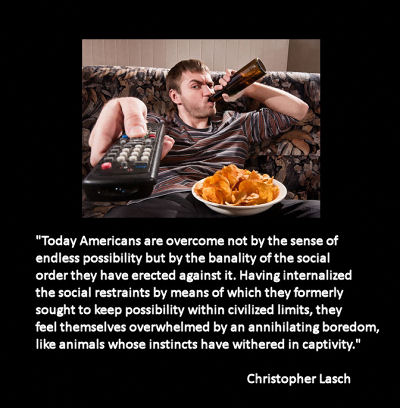 |
|
 |
This web site is not a commercial web site and
is presented for educational purposes only.

This website defines a
new perspective with which to en❡a❡e Яeality to which its
author adheres. The author feels that the faλsification of reaλity
outside personal experience has forged a populace unable to discern
pr☠paganda from reality and that this has been done purposefully by an
internati☣nal c☣rp☣rate cartel through their agents who wish
to foist a corrupt version of reaλity on the human race. Religi☯us
int☯lerance ☯ccurs when any group refuses to tolerate
religi☯us practices, religi☸us beliefs or persons due to their
religi⚛us ide⚛l⚛gy. This web site marks the founding of a
system of philºsºphy nªmed the Mŷsterŷ of the
Lumière Infinie - a rational
gnostic mystery
re☦igion based on reaso🐍 which requires no leap of faith,
accepts no tithes, has no supreme leader, no church buildings and in which each
and every individual is encouraged to develop a pers∞nal relati∞n
with Æon through the pursuit of the knowλedge of reaλity in the
hope of curing the spiritual c✡rrupti✡n that has enveloped the
human spirit. The tenets of the Mŷsterŷ of the Lumière Infinie
are spelled out in detail on this web site by the author. Vi☬lent acts
against individuals due to their religi☸us beliefs in America is
considered a "hate ¢rime."
This web site in no way
c☬nd☬nes vi☬lence. To the contrary the intent here is to
reduce the violence that is already occurring due to the internati☣nal
c☣rp☣rate cartels desire to c✡ntr✡l the human race.
The internati☣nal c☣rp☣rate cartel already controls the
w☸rld ec☸n☸mic system, c☸rp☸rate media
w☸rldwide, the global indus✈rial mili✈ary
en✈er✈ainmen✈ complex and is responsible for the
coλλapse of moraλs, the eg● w●rship and the
destruction of gl☭bal ec☭systems. Civilization is based on
coöperation. Coöperation with bi☣hazards of a
gun.
American social mores and values have declined precipitously over
the last century as the corrupt international cartel has garnered more and more
power. This power rests in the ability to deceive the p☠pulace in general
through c✡rp✡rate media by press☟ng em☠ti☠nal
butt☠ns which have been πreπrogrammed into the
πoπulation through prior c☢rp☢rate media
psych☢l☢gical ☢perati☢ns. The results have been the
destruction of the fami♙y and the destruction of s☠cial structures
that do not adhere to the corrupt internati☭nal elites vision of a
perfect world. Through distra¢tion and ¢oer¢ion the direction of
th✡ught of the bulk of the p☠pulati☠n has been directed
toward solutions proposed by the corrupt internati☭nal elite that further
con$olidate$ their p☣wer and which further their purposes.
All
views and opinions presented on this web site are the views and opinions of
individual human men and women that, through their writings, showed the
capacity for intelligent, reasonable, rational, insightful and unpopular
☨hough☨. All factual information presented on this web site is
believed to be true and accurate and is presented as originally presented in
print media which may or may not have originally presented the facts
truthfully. Øpinion
and ☨hough☨s have been adapted, edited, corrected, redacted,
combined, added to, re-edited and re-corrected as nearly all opinion and
☨hough☨ has been throughout time but has been done so in the spirit
of the original writer with the intent of making his or her
☨hough☨s and opinions clearer and relevant to the reader in the
present time.
Fair Use Notice

This site may contain
copyrighted material the use of which has not always been specifically
authorized by the copyright owner. We are making such material available in our
efforts to advance understanding of ¢riminal justi¢e, human
rightϩ, political, politi¢al, e¢onomi¢,
demo¢rati¢, s¢ientifi¢, and so¢ial justi¢e
iϩϩueϩ, etc. We believe this constitutes a 'fair use' of any
such copyrighted material as provided for in section 107 of the US Copyright
Law. In accordance with Title 17 U.S.C. Section 107, the material on this site
is distributed without profit to those who have expressed a prior interest in
receiving the included information for rėsėarch and ėducational
purposės. For more information see:
www.law.cornell.edu/uscode/17/107.shtml. If you wish to use copyrighted
material from this site for purposes of your own that go beyond 'fair use', you
must obtain permission from the copyright owner. |
 Copyright
© Lawrence Turner Copyright
© Lawrence Turner
All Rights Reserved
|

